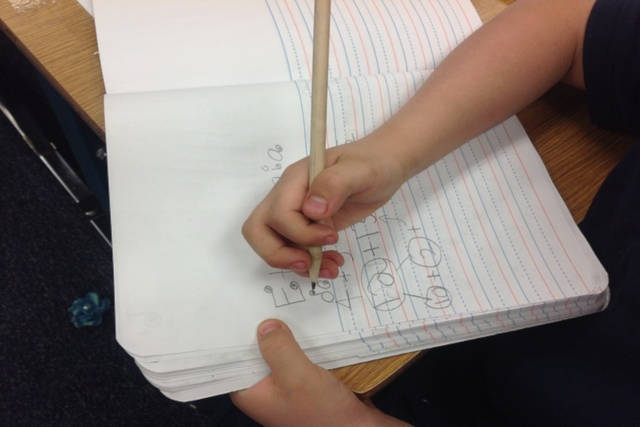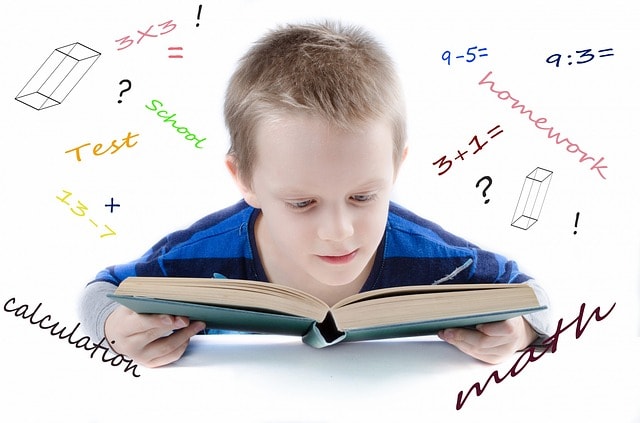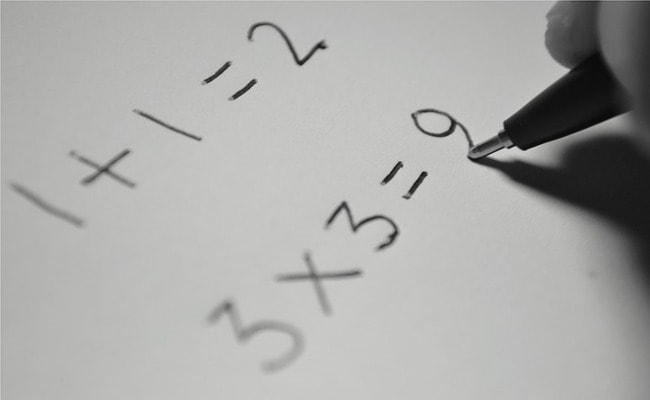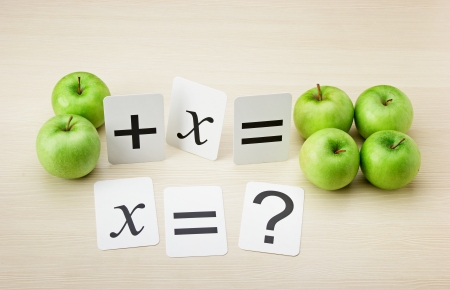We apply math concepts and skills in our everyday lives. Math is about logical thinking, making sense of a pattern, sorting and classifying, ordering and seriating, problem solving, as well as measuring and estimating.

Dr. D. Clements & J. Sarama (2006) highlighted that children learn Math better when they make connection between Math and the world around them. It also improves their overall learning and development.
Dr Rhonda Faragher (a Senior Lecturer in education at the Australian catholic University, Canberra Campus) recently gave a talk on “Helping Young Children with Down syndrome learn Mathematics“. What she has shared with us during the talk can be applied to all children. She talked about how advertisements are very successful in making consumers remember the information of products. The effectiveness is due to the strategies that are used in advertisements. These strategies can also be used for teaching Mathematics. Some of the strategies are as follow:
1. ‘The little bit often’ rule
Maths ideas can be given in small amounts but it tends to be more frequent. This is even more effective than doing a long session. For example, you could do rote counting or sing counting sons with your child whenever there’s wait time, count ‘honey star’ cereal at the breakfast table, and count with your child as you go up a flight of stairs. Connect Math to everyday routines and situations. The more you practice with your child, the better they become.
2. Slogans for big ideas
They are short titles or phrases to help children remember concepts that have been taught to them. For example, when you say “make 10”, children will remember that they have to come up with different combinations of numbers to add up to 10.
3. Prime time
This is the time when children remember best i.e. the beginning and end of lesson. Thus it is very important that you make sure that the key concepts are being put across during those times. It is alright to emphasize and re-emphasize again and again.
4. Using the visual
It is important to use concrete materials, pictures and symbols to help children learn Math concept. This is to help children make meaning of the Math concept that we are teaching them.
5. Ads teach
Ads do not test. They teach. Information is given to leave an impression so that we can remember the products. Although we may ask questions to help us know if our children are learning, it’s alright to model the answer till they are ready. We are teaching by modeling the answer.
Here are some suggested resources for promoting Math Learning:
- Blocks – for construction play which also helps children to learn about combining shapes, comparing sizes and counting.
- Clay, sand & water – for developing foundations of measurement concepts.
- Storybooks – for reinforcing Math concepts. For example, in “Goldilocks and the three bears”, children learn about numbers and sizes.
- Puzzles – for building spatial concepts, problem solving skills, parts to whole relationships as well as shapes recognition.
- Games – for developing and reinforcing Math concepts such as number skills, classifying and sorting, measuring, etc. Games could be bought off the shelf or you can create your own math games such as sorting a collection of buttons (that are of different shapes, sizes, colours and patterns) and finding shapes around you.
Quotation:
“Encourage children to count everything, measure everything and think Math”
“The life that goes out in love to all is the life that is full, and rich, and continually expanding in beauty and in power” — R.W. Trine
If you find this article useful, do click Like and Share at the bottom of the post, thank you.
Want to be heard and seen by over 100,000 parents in Singapore? We can help! Leave your contact here and we’ll be in touch.


























































Leave a Comment: